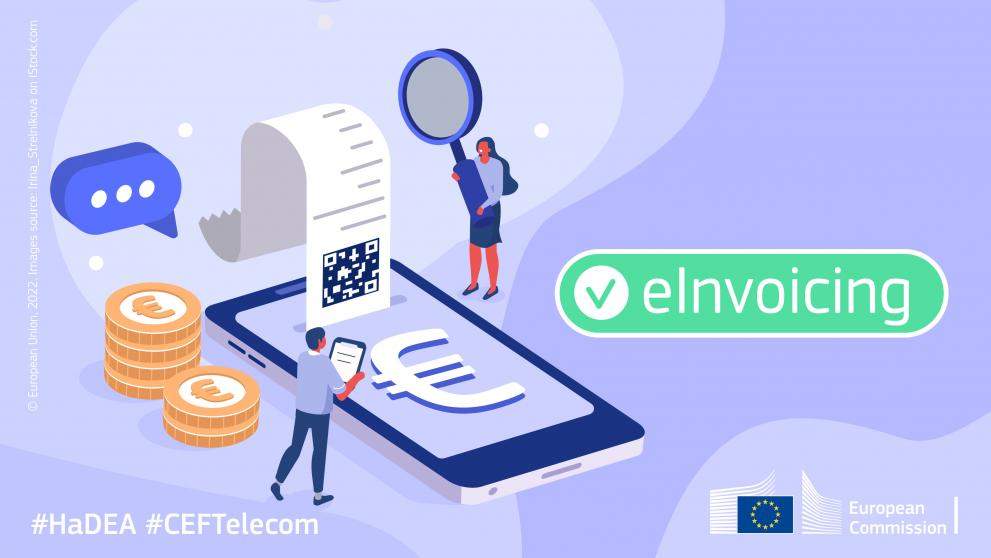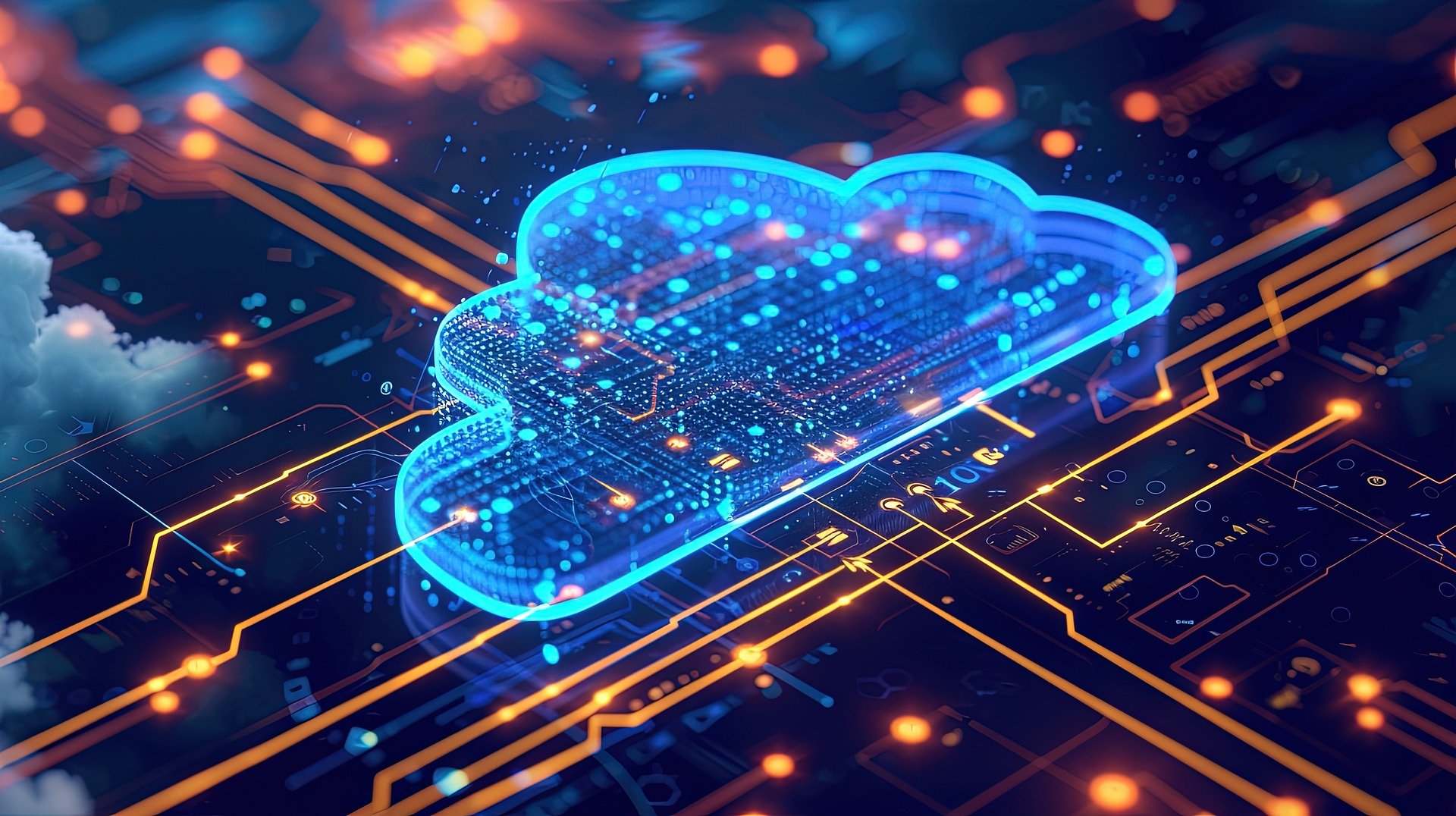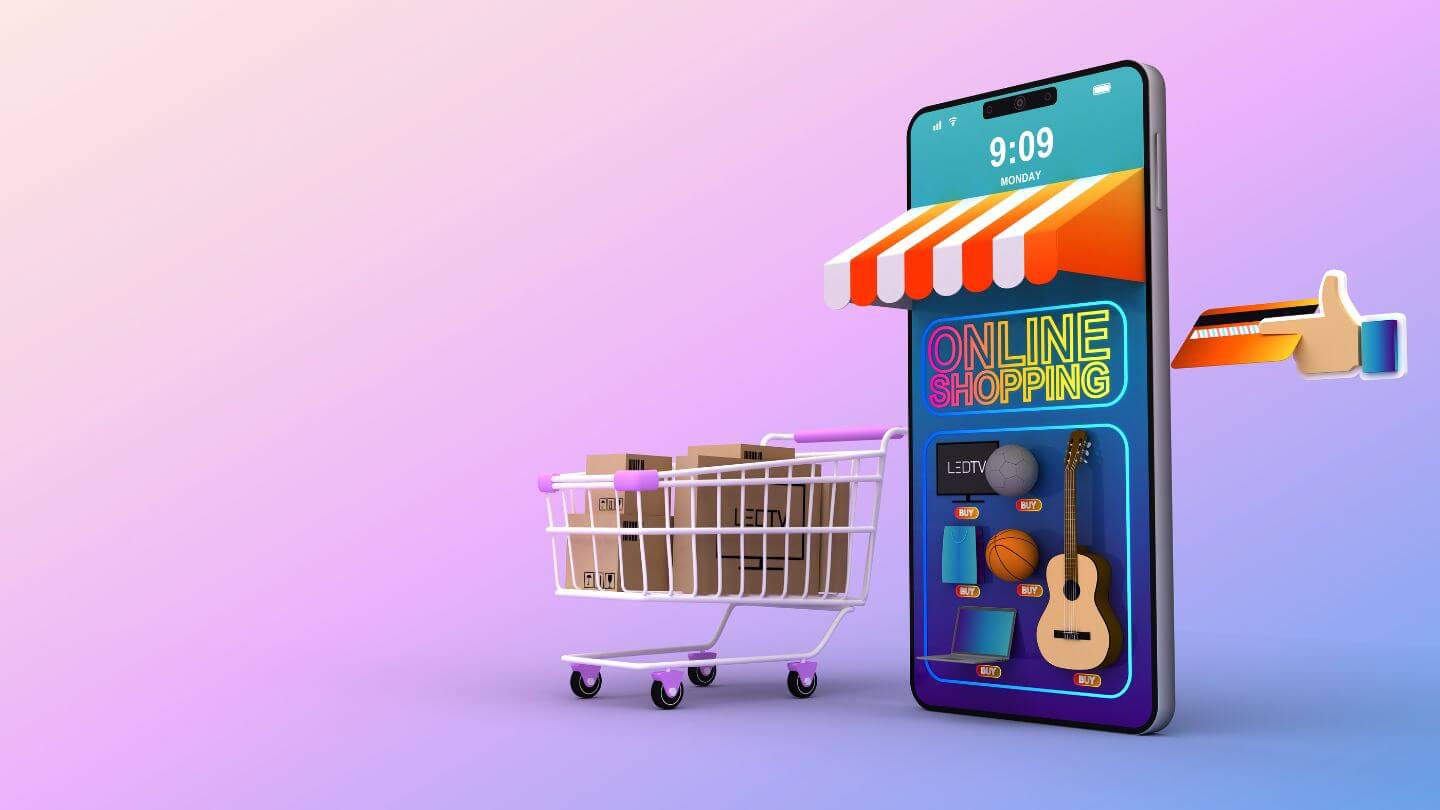How to Integrate eInvoicing into Your Existing CRM/ERP Systems
E-invoicing in Europe is undergoing a remarkable evolution, signaling a significant shift towards the digitalization of financial transactions across the continent. This transformation is largely spurred by the European Union’s Directive 2014/55/EU, coupled with the VAT in the Digital Age (ViDA) proposal. These regulatory measures have set the stage for countries within the EU to embrace mandatory e-invoicing and digital reporting requirements, marking a new era in how businesses and public administrations interact.
At the heart of this revolution is the concept of the electronic invoice, or e-invoice. Unlike traditional paper-based invoices, or even digital invoices in PDF format which do not meet the criteria, an e-invoice is entirely processed in a digital format from its creation to its receipt and processing by the recipient. This digitization ensures a seamless, efficient, and environmentally friendly method of handling invoices that aligns with the EU’s broader goals of digital transformation and e-Procurement expansion.
The Electronic Invoice Directive 2014/55/EU has been a cornerstone in this journey, mandating that all public administrations within Europe possess the capability to receive and process B2G (Business-to-Government) invoices electronically from their suppliers. Officially coming into effect on April 16, 2019, the directive allows Member States the flexibility to integrate this requirement into their national legal frameworks, accommodating the diverse legal and operational landscapes across the EU.
Further pushing the envelope is the EU VAT in the Digital Age (ViDA) proposal. This ambitious initiative lays down the groundwork for mandatory B2B (Business-to-Business) e-invoicing for cross-border transactions within the EU. Scheduled to kick in from January 1, 2028, the proposal mandates that invoices must be electronically submitted in accordance with the EN 16931 standard, thereby phasing out paper and PDF invoices.
The rollout of mandatory B2B e-invoicing has seen a staggered implementation across various EU countries, with Italy leading the charge in 2019, followed by others like Hungary, Albania, and Serbia. Nations such as Romania, Poland, North Macedonia, Belgium, France, Spain, Latvia, Croatia, Slovakia, Slovenia, Montenegro, and Germany have outlined plans for adoption in the coming years. Meanwhile, a significant number of countries are still charting their paths towards implementing these mandatory B2B e-invoicing standards, reflecting the EU’s commitment to a digital future while acknowledging the unique challenges and timelines of its member states.
This journey towards widespread e-invoicing adoption underscores the European Union’s dedication to leveraging technology to enhance efficiency, transparency, and sustainability in financial transactions, setting a precedent for digital governance and economic interaction on a global scale.
Preparing Your Software Systems for e-Invoicing
In the process of implementing e-invoicing, companies may need to update or integrate various types of software systems to ensure compliance and streamline operations. This adaptation is critical for facilitating seamless electronic invoice generation, transmission, receipt, and processing. Here are some key categories of software that companies might consider updating or integrating:
- Enterprise Resource Planning (ERP) Systems: ERP systems, such as SAP ERP, Oracle ERP Cloud, or Microsoft Dynamics 365, are central to many companies’ operations. They manage core business processes in a unified system. Updating ERP systems to support e-invoicing involves ensuring they can generate, send, receive, and process e-invoices according to the relevant standards and regulations.
- Customer Relationship Management (CRM) Systems: While CRM systems, like Salesforce, Zoho CRM, or Microsoft Dynamics 365 CRM, primarily manage company interactions with current and potential customers, they can also play a role in the invoicing process, especially in B2B environments. Integrating e-invoicing capabilities into CRM systems can help streamline billing processes and enhance customer service.
- Accounting and Financial Software: Accounting software, such as QuickBooks, Xero, or Sage, may need updates to handle e-invoicing requirements. This software category is crucial for issuing invoices, tracking payments, and managing financial records. Ensuring these systems can accommodate e-invoicing is essential for financial compliance and efficiency.
- Supply Chain Management (SCM) Systems: For companies involved in supply chain operations, SCM software (like SAP SCM, Oracle SCM Cloud, or JDA Software) might need to incorporate e-invoicing to manage orders and payments more efficiently across the supply chain.
- Document Management Systems (DMS): A DMS, such as SharePoint or M-Files, helps manage, store, and track electronic documents. Updating DMS to support the e-invoicing process can facilitate better document control, versioning, and compliance with retention policies.
- Tax Compliance and Reporting Software: Software that specializes in tax compliance and reporting, like Avalara or Vertex, may require updates to support the specific requirements of e-invoicing, especially regarding VAT reporting and compliance in different jurisdictions.
- E-Invoicing Platforms and Services: Specialized e-invoicing platforms (e.g., Basware, Coupa, or Ariba) offer solutions tailored to the creation, exchange, and management of e-invoices. Companies might need to adopt or integrate such platforms into their existing IT infrastructure to comply with e-invoicing standards and facilitate interoperability with partners.
When updating or integrating new software for e-invoicing, companies should consider their specific regulatory environment, business processes, and the technological compatibility of their current systems. It’s also important to ensure that any new software solution can support the relevant e-invoicing standards, such as the European standard EN 16931 for e-invoicing within the EU. Collaboration with IT specialists, software providers, and possibly legal advisors is crucial to navigate the complexities of e-invoicing implementation successfully.
Custom Solutions for eInvoicing Compliance in Your Existing Software
To swiftly integrate eInvoicing into your current ERP/CRM software while ensuring compliance with legislation, collaborating with experienced programmers and coders from a specialized firm like Zeren Software can be an effective strategy. Zeren Software offers the unique advantage of possessing expertise in both proprietary software systems and custom software solutions. This dual capability is crucial for navigating the challenges of integrating eInvoicing functionalities into diverse IT ecosystems.
For proprietary ERP and CRM systems, such as SAP, Oracle, or Microsoft Dynamics, Zeren Software’s team can develop and implement automation solutions that align with the system’s existing structure. These solutions often involve creating middleware or using APIs (Application Programming Interfaces) that facilitate the seamless exchange of eInvoice data between your system and external parties, ensuring that your operations adhere to the latest eInvoice standards and legal requirements.
In cases where your company utilizes custom-built software, Zeren Software’s programmers can directly modify and extend the system’s capabilities. This approach allows for a more tailored integration of eInvoicing features, ensuring that the solution precisely fits your business processes, workflows, and compliance needs. Custom development can include adding new modules for eInvoice generation, transmission, reception, and processing, all while maintaining system integrity and operational efficiency.
Moreover, Zeren Software can help implement robust automation strategies to circumvent any strict rules within your software environment, ensuring that your eInvoicing processes are both efficient and compliant with local and international regulations. This may involve the development of custom scripts, the deployment of specialized eInvoicing platforms, or the integration of tax compliance tools that automate VAT calculations and reporting according to the specific requirements of your operational jurisdictions.
The key to a fast and successful eInvoicing integration lies in the thorough analysis of your current software setup, the identification of the most efficient integration points, and the deployment of custom-tailored solutions that respect legal frameworks. By leveraging Zeren Software’s expertise, you can achieve a seamless transition to eInvoicing, enhancing operational efficiency, and ensuring full compliance with eInvoicing legislation.
eInvoice in Romania (eFactura)
Romania, like many other European nations, is rapidly embracing mandatory e-invoicing in an effort to streamline business processes, combat tax evasion, and enhance efficiency. This shift towards digital invoicing requires companies to adapt their existing systems, ensuring they are compliant with the ANAF (National Agency for Fiscal Administration) e-invoicing (called eFactura in Romania) API and its associated regulations.
Zeren Software, with its dedicated team of SAP experts, is ideally positioned to guide businesses through this transition. Our specialists have extensive experience in working with a range of SAP versions, serving middle-sized and large companies throughout Romania. We understand the intricacies of both SAP systems and the Romanian regulatory landscape.
Zeren’s SAP e-Invoicing Advantage
By partnering with Zeren Software, you gain a distinct advantage in achieving seamless e-invoicing integration for your SAP systems:
- API Expertise: Our programmers are well-versed in working with the ANAF API, ensuring data is transmitted securely and in accordance with regulatory requirements.
- Compliance Assurance: We help mitigate risks of non-compliance, protecting your company from potential fines and penalties by guaranteeing adherence to all relevant rules and standards.
- Customization: We recognize that every business is unique. Our solutions are tailored to your company’s specific SAP environment and workflows, providing the ideal fit for your operational needs.
- Efficiency Gains: We focus on automation. By streamlining your e-invoicing processes, you’ll benefit from significant time savings and reduced manual errors.
- Proven Success: Our track record of successful e-invoicing integrations across varied SAP versions is a testament to our capabilities and demonstrates our commitment to client outcomes.
At Zeren Software, we understand that e-invoicing adoption extends beyond technical implementation. It’s about ensuring a smooth transition with minimal disruptions to your business. We approach every engagement with the following priorities:
- Collaborative Partnership: We work closely with your team to understand your existing SAP setup and business processes and to identify any potential obstacles.
- Agile Methodology: We use agile development methods to ensure rapid solution delivery and adaptability throughout the project.
- End-to-End Support: We offer comprehensive support from design to implementation and beyond, providing ongoing maintenance as needed.
While our focus has been on SAP, we at Zeren Software have the solutions, documentation, and expertise to develop custom integrations for a wide range of software. Whether it’s custom software, proprietary software ERPs, or CRMs, our team is equipped to handle the complexities of these systems. We understand that every business is unique, and so are their software needs. Our team is adept at tailoring our solutions to fit your specific software environment and workflows, ensuring seamless integration with the e-invoicing system.
Moreover, our expertise is not limited to Romania. We are prepared to assist companies in any country that is transitioning to mandatory e-invoicing. Our team stays updated with the latest e-invoicing regulations worldwide, ensuring that our solutions are compliant no matter where your business is located. We are committed to helping businesses navigate the shift to digital invoicing, making the process as smooth and efficient as possible. With Zeren Software, you can be confident that your e-invoicing needs will be met, regardless of the software you use or the country you operate in. We are here to guide you every step of the way.
Transition to eInvoicing in Europe: System Integration and Change Management
The shift towards eInvoicing in Europe represents not just a technological advancement but a fundamental change in the way businesses interact with each other and with government entities. This transition, spurred by the European Union’s regulatory measures, requires businesses to meticulously evaluate and update their internal systems, such as Enterprise Resource Planning (ERP) and Customer Relationship Management (CRM) systems, to accommodate the new eInvoicing standards. The initial step in this integration process involves a thorough assessment of the current state of these systems. Companies must identify any gaps in their capabilities to handle eInvoicing, both in terms of generating and processing invoices in compliance with the EU standards. This phase often entails a detailed examination of the software’s ability to adhere to regulatory requirements, ensuring that the transition to eInvoicing not only aligns with legal mandates but also with the company’s operational workflow.
Choosing the right integration approach is crucial to the successful adoption of eInvoicing. The decision on whether to pursue API-based integration, employ middleware solutions, or adopt third-party eInvoicing platforms depends on various factors, including the size of the company, the complexity of existing software infrastructure, and specific industry needs. Each method comes with its own set of advantages and challenges. For instance, API-based integration offers direct communication between systems but may require extensive custom development, while middleware solutions can provide flexibility and ease of use at the expense of potential additional costs. Companies must weigh these factors carefully, considering both short-term implementation needs and long-term operational goals.
The complexity of integrating eInvoicing into existing systems necessitates rigorous project planning and management. Establishing clear objectives, timelines, and budgets is essential, as is the formation of cross-functional teams that include members from IT, finance, and operational departments. This collaborative approach ensures that all facets of the business are considered in the integration process, from technical requirements to process workflows and user experience. Effective project management is key to navigating the challenges that may arise during integration, enabling businesses to adjust plans as needed and to allocate resources efficiently.
Equally important to the technical aspects of eInvoicing integration is the human element. Training and change management are critical components of a successful transition. Employees across the organization must be equipped with the knowledge and tools they need to adapt to new eInvoicing procedures. This entails not only training on the technical use of the new systems but also understanding the impact on existing workflows and how these changes benefit the organization as a whole. Managing change within an organization involves clear communication, setting expectations, and providing ongoing support to staff as they adjust to the new invoicing methods. This holistic approach to eInvoicing integration, which addresses both technological and personnel considerations, is essential for companies to fully realize the benefits of digital invoicing, such as improved efficiency, compliance, and transparency in financial transactions.
Overcoming Obstacles in eInvoicing Implementation
As businesses navigate the complex landscape of eInvoicing integration, they encounter a variety of challenges that can hinder successful adoption. Technical hurdles, such as data format mismatches and integration complexities, often stand at the forefront of these challenges. These issues can disrupt the seamless exchange of electronic invoices between different systems, potentially leading to operational inefficiencies. Employing data transformation tools can provide a solution by ensuring data consistency across disparate systems, while choosing scalable integration platforms can address concerns related to the growth and future expansion of business operations.
Regulatory compliance poses another significant challenge, especially given the rapid evolution of eInvoicing regulations across various jurisdictions. The dynamic nature of these regulations requires businesses to remain vigilant and adaptable to avoid non-compliance. Establishing a dedicated compliance team within the organization or leveraging external consultants can be effective strategies. These experts can monitor regulatory changes and interpret how they impact business operations, ensuring that the company remains compliant with all applicable laws and standards.
Engaging partners and suppliers in the eInvoicing process is also critical to achieving a fully digital invoicing ecosystem. This transition can be facilitated by developing informative guides, hosting educational webinars, and providing technical support to ease their adoption process. These initiatives not only help partners and suppliers understand the benefits and requirements of eInvoicing but also strengthen business relationships by demonstrating a commitment to efficiency and compliance.
Data security and privacy are paramount concerns in the digital handling of invoices. The transmission and storage of electronic invoices involve sensitive financial information that must be protected against unauthorized access and breaches. Implementing robust cybersecurity measures, such as encryption and secure access protocols, is essential. Additionally, conducting regular security audits helps identify potential vulnerabilities, while ensuring compliance with data protection regulations safeguards against legal repercussions and builds trust with customers and partners.
Overcoming these challenges requires a multifaceted approach that encompasses technical solutions, regulatory vigilance, collaborative efforts with partners, and stringent security measures. By addressing these areas proactively, businesses can successfully integrate eInvoicing into their operations, unlocking the benefits of efficiency, compliance, and enhanced security in their financial transactions. This journey, while complex, paves the way for a more streamlined and sustainable future in digital invoicing.
Conclusion
The adoption of eInvoicing marks a significant step forward in the digital transformation of businesses, offering not just compliance with regulatory standards but also a pathway to enhanced operational efficiency. To fully leverage the advantages of eInvoicing, companies are encouraged to engage in benchmarking and analytics. By analyzing eInvoicing data, businesses can compare their processes against industry benchmarks, gaining valuable insights into their operational strengths and areas for improvement. This analytical approach can uncover bottlenecks, optimize cash flow management, and foster stronger relationships with customers and suppliers by identifying opportunities for process enhancements and increased responsiveness.
Automation stands as a pivotal strategy in maximizing the benefits of eInvoicing. By automating adjacent processes, such as the order-to-cash or procure-to-pay cycles, companies can achieve greater efficiency and accuracy, reducing manual errors and freeing up resources for strategic initiatives. The integration of automation tools and software that complement eInvoicing systems can streamline operations and enhance overall business performance. Examples of such tools include automated payment processing systems, which can expedite the reconciliation of invoices and payments, and procurement automation software, which ensures that purchasing processes are more efficient and compliant with procurement policies.
The journey toward eInvoicing excellence does not end with implementation; it is a continuous process of improvement and innovation. Businesses are urged to adopt a mindset of continuous improvement, remaining agile and open to the integration of emerging technologies such as AI and blockchain. These technologies offer the potential to further streamline the eInvoicing process, from improving the accuracy of invoice matching to enhancing the security of transactions. Case studies of innovative eInvoicing practices provide practical examples of how companies can harness these technologies to achieve competitive advantage and operational excellence.
In conclusion, the shift to eInvoicing presents a transformative opportunity for businesses willing to embrace digital innovation. As this article highlights, the successful integration of eInvoicing into business operations requires a strategic approach, encompassing benchmarking, automation, and a commitment to continuous improvement. Companies are encouraged to take the first step on this journey by assessing their current systems and consulting with eInvoicing solutions providers to tailor a strategy that aligns with their unique needs and objectives. By doing so, businesses can unlock the full potential of eInvoicing, paving the way for greater efficiency, compliance, and innovation in their financial transactions. The time to act is now—start your eInvoicing integration journey and position your business for success in the digital age.








